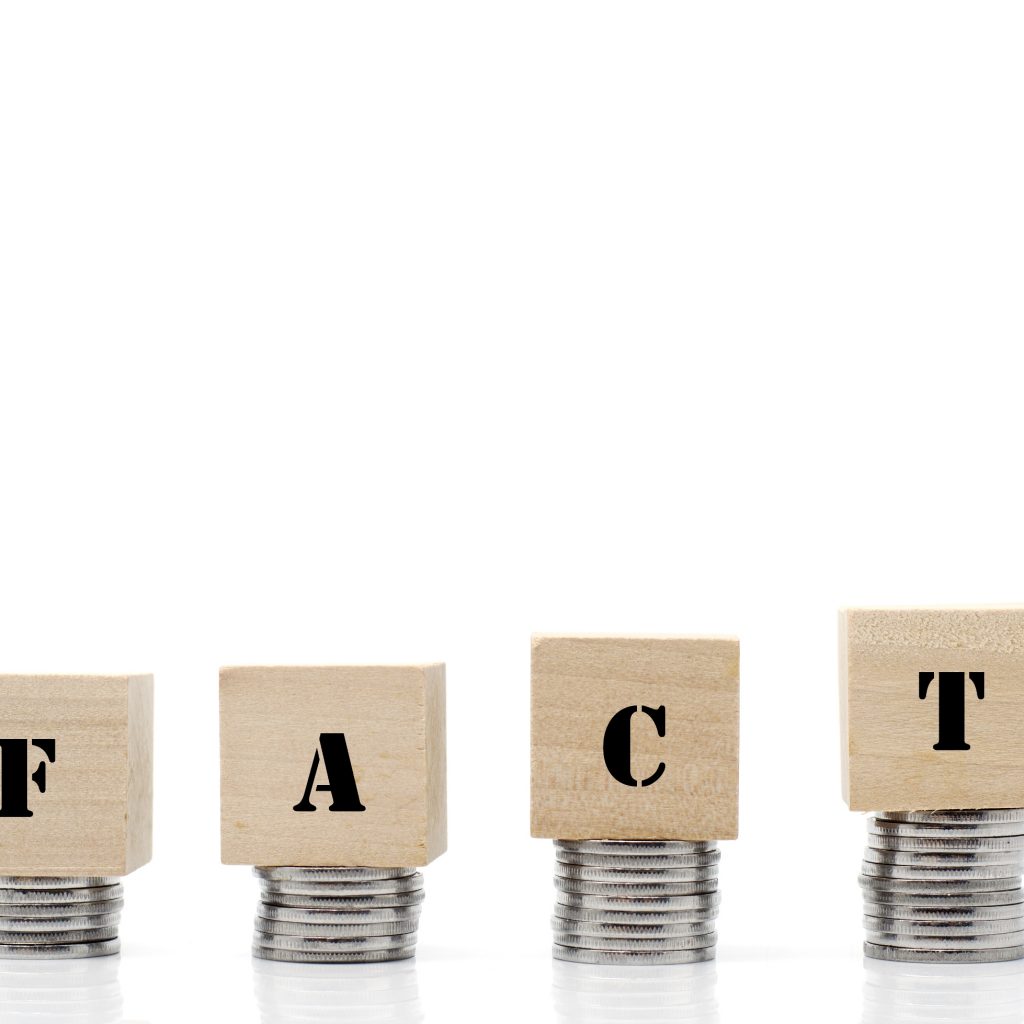
You’ve done all your basic research to qualify for your home loan. You’ve scoured your apartment to find tax and income documents. And you are likely incredibly proud that you have been saving diligently for a downpayment. Despite all this, you still may not be eligible for the entire loan amount. Here are 8 tips to help you get approved for a higher loan amount to buy your dream home.
Tip 1: Have a 20% Downpayment
While you may have saved enough for a 10% downpayment, 20% is the sweet spot. Besides the fact that you will physically borrow less, which results in fewer interest payments, a 20% downpayment eliminates PMI or Private Mortgage Insurance.
PMI is designed to protect the lender if the borrower defaults on his or her mortgage. Unfortunately, if you are required to pay PMI, it is simply added to your monthly mortgage payment but does not build equity in your home. In some cases, PMI rates can be as high as 1% of the actual loan amount. As a result, your loan amount is now 1% less, and you have less purchasing power towards your new home.
The only way around a PMI is a 20% downpayment on a conventional loan. Avoiding the required PMI will save you on purchasing mortgage insurance and allow you to afford a higher loan amount.
Tip 2: Raise Your Credit Score
Your credit score is a numeric number that evaluates how much of a risk you are to miss payments on your credit card bills, loans, and other debts. Credit scores typically range between 300 to 850 points. A credit rating of 300 is considered very poor, and the applicant will likely not be approved for credit. The highest rating of 850 is perfect credit, and the applicant will likely receive the best rates on credit accounts. Lenders want to see good to excellent credit, which is between 700 to 850 points.
The higher your credit score is, the more likely you will be approved for your mortgage loan. Moreover, the better your credit rating, the lower your interest rate will be. A half a percent difference in interest rate can save you money and mean that you will be approved for a higher loan amount.
Tip 3: Lower Your Debt-to-Income Ratio
Your debt-to-income ratio or DTI is how banks analyze your ability to afford a loan by assessing how well you manage your monthly debts. The ratio is expressed as a percentage. You can calculate your DTI by dividing your monthly recurring debt payments by your monthly gross income, or your income before taxes and deductions. Your DTI includes any student loans, rent or mortgage payments, personal loans, car loans, and even credit card debt. A high DTI ratio means that a lot of your monthly income has already been accounted for by pre-existing debt. Unfortunately, this makes you a riskier borrower.
The most obvious solution is to try to pay down as much debt as you can before applying for a loan. Eliminating as much debt as possible is also financially advantageous because interest rates are charged based on time. By paying off as many loans and credit card bills as soon as possible, you will be paying less interest while lowering your DTI ratio at the same time. Most lenders have a maximum DTI ratio of 41% to 43%.
If you absolutely cannot lower your DTI ratio to the maximum threshold, all is not lost. Lenders will also consider an applicant with a high DTI ratio if they can visually demonstrate financial stability and reliability. This means that the applicant has a high credit score, has a large down payment, has a generous amount of liquid assets, at least five years with his current employer, and the new loan payment will not dramatically increase his monthly housing payment, also known as “payment shock.” These other factors demonstrate that you are fiscally responsible and can take on more debt.
Tip 4: Have Many But Not Too Many Credit Cards
That seems like an awfully confusing tip. Having several different credit cards is good. More credit cards increase your total credit limit. If you spend the same amount of money but have a higher credit limit, you will have a lower credit-utilization ratio. This ratio is a number that measures how much you spend against your credit limit. A lower credit-utilization ratio increases your credit score.
On the other hand, don’t go running out and opening several credit cards just yet. You will look like a high-risk borrower if you have too many credit cards. A high credit limit is a double-edged sword. It helps your credit rating but also gives you the ability to run up all your credit cards and accumulate massive debt, which may cause you to default on your loan.
The best method to this madness is to build your credit score early. You should have several credit cards early on, a low credit-utilization ratio, and pay off your credit card balances in full and on time. Before you take out your loan, slowly close the accounts that you do not use. While your credit score may drop a few points every time you close an account, it will pick back up quickly. Very soon, you will have a higher credit score, a manageable number of credit cards, and become an all-star borrower.
Tip 5: Consider an Adjustable-Rate or a Longer Loan Term
With the goal of lowering your debt-to-income ratio, you may consider a different type of mortgage to get lower monthly payments. An adjustable-rate mortgage, or ARM, has variable interest rates that change throughout the loan term. This means that the monthly payments can go up or down. In general, the initial interest rate is very low, which works in your favor to qualify for a more expensive home. Unfortunately, ARMs can be unpredictable. The borrower saves money if the interest rate falls and loses money if the interest rate rises. Of course, you can always refinance your mortgage before your payment increases.
The longer the loan term, the lower your monthly payment. This stretches out your monthly installments so that they can be more affordable from month to month. For example, a $300,000 home with a 15-year fixed mortgage, your monthly payment may be $2,010. However, the same $300,000 home with a 30-year fixed mortgage, your monthly payment decreases to $1,466. Some banks offer 40-year fixed mortgages! Of course, no matter how low your monthly installment is, you will always need to pay back the principal amount. Stretching out your loan term also extends the number of interest payments, which increases how much interest you will end up paying overall.
Tip 6: Gather All the Proper Documentation
If you do not supply the bank with the required documents along with your loan application, the bank may delay your application or reject it altogether. Lenders have different eligibility requirements. However, in general, you will need proof of income, such as your W-2 tax statements, proof of assets, like your bank statements, proof of employment, and various forms of legal identification.
If you are self-employed, the burden of proof is greater. The bank will require additional documents to verify that you are a trustworthy borrower. Without the convenience of a W-2, you will likely need to produce at least two years’ worth of your entire financial history. If you are a business owner, you will also need a profit or loss statement (Schedule C or Form 1040) from the IRS. More restrictive lenders may require that you have been in business for a certain number of years. Don’t fret! If you have been working for several years and have proof of steady income, you are still an attractive borrower. The proper documentation is key for loan approval.
Tip 7: Get a Co-Signer or Co-Borrower
A co-signer and a co-borrower attach their name to your loan application and are equally responsible for paying back the loan. A co-signer does not retain any ownership in what the loan is used for. Instead, they are a safety net for the applicant. The bank evaluates the co-signer’s credit, income, and assets when approving the loan because the co-signer promises to pay the loan if the applicant can’t.
A co-borrower is a joint applicant. The bank evaluates both applicants’ credit scores, incomes, and assets together. The loan now appears more affordable with two incomes. Both parties are responsible for paying the loan and have an equal ownership interest in what the loan is used for.
Tip 8: Don’t Get Too Many Loan Quotes
Of course, you want the best interest rate on the market. It’s smart to get quotes from different lenders to see the best offer. However, each time you get a quote, the lender must look up your credit report. Each inquiry lowers your credit score and is visible to other lenders. If you get too many inquiries, banks start questioning why other banks have not already given you a loan. This may not be a science, but it is a contributing factor to your loan application.
Final Thoughts
Preparing for a home loan is a huge endeavor. In fact, it is a long term commitment that takes out a portion of your monthly income. It usually takes a few years to get your credit profile, employment history, a downpayment, and tax documents in order. However, by knowing what the banks are looking for, you will be able to get approved for the perfect loan amount.


